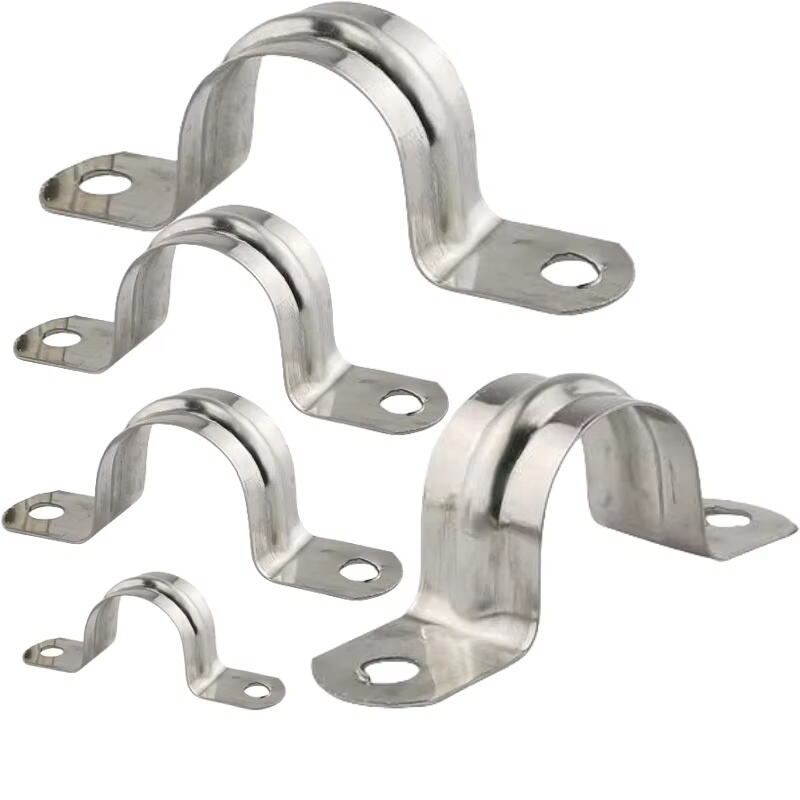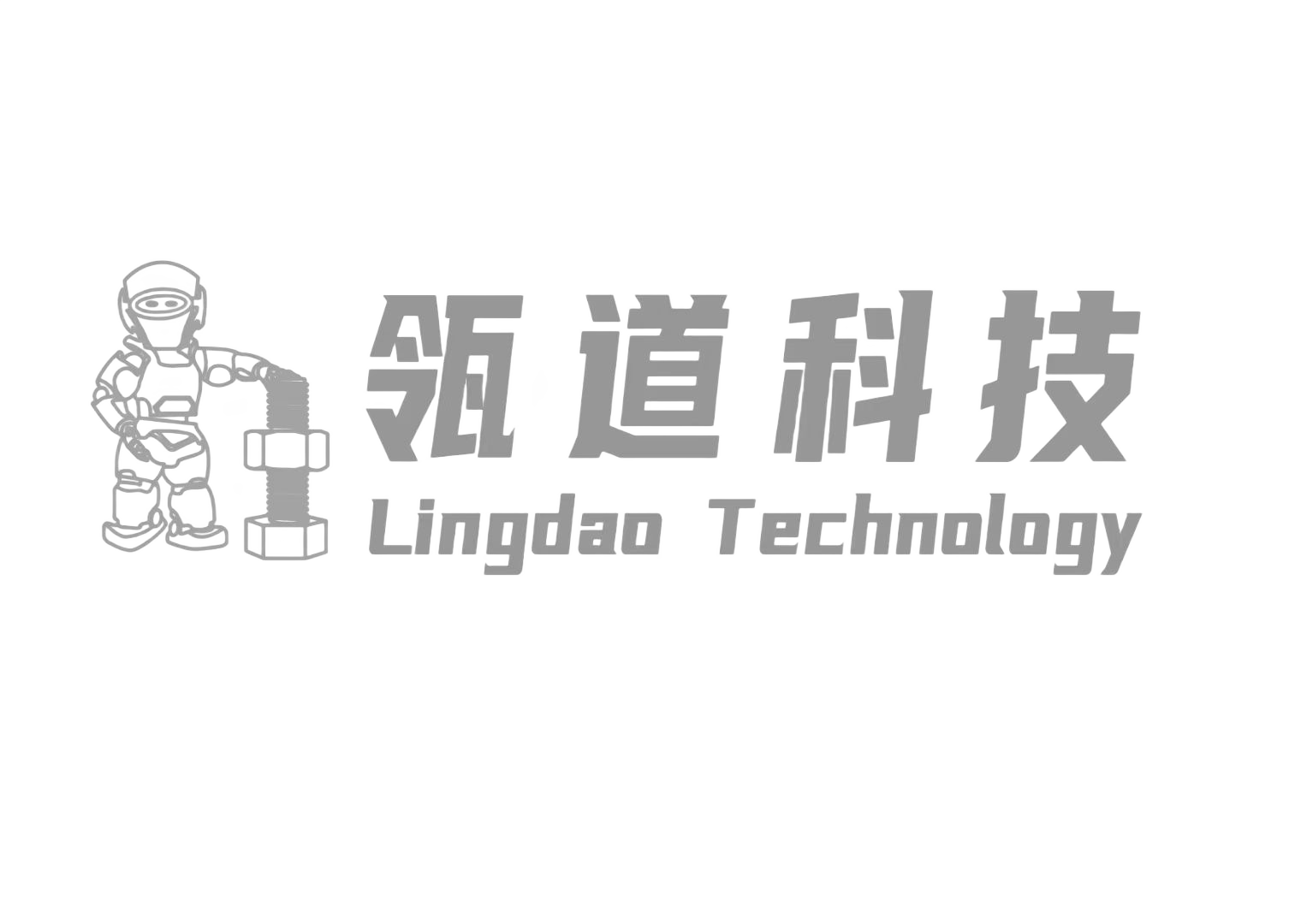Understanding Stainless Steel Hose Clamps
What Are Stainless Steel Hose Clamps?
Stainless steel hose clamps play a vital role in connecting hoses and tubes to all sorts of fittings across many industries. The main job of these clamps is simple but crucial they keep things sealed tight so no leaks happen in plumbing systems, cars, or heavy machinery around factories. There are several kinds available on the market today. Take worm gear clamps for instance. These work by turning a screw that gradually tightens around the hose until it's secure. Spring clamps take a different approach entirely, relying on springs that automatically contract when placed over the connection point. When making these clamps, manufacturers start with stainless steel because nobody wants rust issues down the road. They form it into different grades like 304 and 316 depending on what kind of environment the clamp will face. Anyone who has worked with automotive engines or boats knows why stainless steel clamps remain popular choice despite higher costs compared to other materials. Just ask any mechanic dealing with saltwater corrosion problems on fishing vessels!
Key Advantages Over Other Materials
When it comes to hose clamps, stainless steel stands head and shoulders above alternatives like plastic or cheaper metal options. The main thing people notice right away is how durable these clamps actually are. Stainless steel just doesn't wear out easily, so they last years longer than other types with minimal upkeep required. Another big plus is their resistance to rust and chemical damage, which matters a lot in places where there's constant exposure to water or corrosive substances. Take automotive workshops or boatyards for instance – those environments get super hot sometimes, and regular clamps would melt or warp under such conditions. Because stainless steel can handle high temperatures without failing, many mechanics and marine technicians swear by them. Looking at the bigger picture, while the initial investment might be higher, most shops find themselves saving money down the road since they don't have to replace these clamps nearly as often. Mechanics across different industries consistently point out that stainless steel maintains its grip strength even after prolonged use, making it a smart long-term solution for anyone serious about maintaining secure connections in demanding work environments.
Common Uses Across Industries
Automotive & Marine Applications
Stainless steel hose clamps have become a must have component for automotive radiators and fuel systems, as they hold those critical hoses in place that control both fuel delivery and coolant circulation throughout the vehicle. What makes stainless steel so good for this job? Well, it stands up really well against wear and tear while resisting rust even when exposed to all sorts of liquids and debris that might otherwise cause problems. When we look at boats though, these same clamps take on an even bigger importance because salt water can be extremely harsh on metal components over time. Boat owners rely on them to keep engine hoses secure and leak free despite constant exposure to corrosive seawater conditions that would quickly destroy lesser materials.
Many different kinds of vehicles and boats actually depend on stainless steel hose clamps for better performance and safer operation. Take boats for example. The American Boat & Yacht Council has strict rules requiring marine grade stainless steel clamps specifically. These special clamps cut down on failures significantly while making sure everything stays secure during those unpredictable conditions out on the water. Boat operators know this all too well after dealing with regular clamp failures in saltwater environments. Looking at it from a practical standpoint, following these regulations isn't just about paperwork it directly affects how safe and reliable a vessel remains over time.
Industrial & Plumbing Systems
Stainless steel hose clamps show up all over plumbing systems, holding down those flexible connections between pipes and fittings in both water supply lines and drain systems. What makes these clamps stand out is their ability to withstand rust and wear, which matters a lot when they're sitting in damp areas or coming into contact with harsh chemicals. Take factories for instance, where these metal bands keep everything tight on production lines that move liquids around the facility. Without proper clamping, leaks would happen, causing downtime and wasted materials. That's why many manufacturers stick with stainless steel options despite higher upfront costs.
Regulations from organizations like ASTM stress why stainless steel clamps remain so important for reliable operation in many industries. Research shows that when companies switch to stainless steel hose clamps, they see better results in preventing leaks and keeping operations running smoothly. These improvements matter a lot because most industrial facilities cannot afford downtime or safety issues caused by faulty connections. The fact that manufacturers follow strict standards speaks volumes about how critical these simple components actually are for overall plant safety and consistent performance across different manufacturing environments.
Choosing the Right Clamp for Your Needs
Material Considerations: 304 vs 316 Steel
Knowing the difference between 304 and 316 stainless steel when picking hose clamps makes all the difference in how well they perform over time. Most folks go with 304 because it stands up pretty well against corrosion while still being reasonably priced. This stuff works great for regular applications like food processing equipment or machine components where basic protection is needed. On the other hand, 316 has something extra – molybdenum added to the mix – which gives it much better resistance against saltwater damage. That's why marine hardware and chemical processing plants often specify 316 instead. When deciding between them, look at what kind of environment the clamp will face day to day. Checking certification info from standards bodies like ISO or ASTM helps too. These documents show real world performance metrics across different conditions, so manufacturers can make informed choices based on actual test results rather than guesswork.
Factors Influencing Clamp Selection
Picking the right hose clamp for any job means looking at several key things first. Temperature ranges matter a lot, along with what kind of pressure the system will handle and exactly how big the hose is. Getting a good fit starts with measuring carefully then going just a bit bigger than needed since hoses tend to expand and contract when they're in use. Don't forget about the environment either. Chemicals present or constant moisture exposure can really shorten a clamp's life and make it less effective over time. Following industry standards isn't optional here because getting this wrong leads to all sorts of problems down the line. Most manufacturers have detailed charts showing which clamps work best for different applications under various conditions. Taking the time to consult these resources pays off in the long run by matching clamp size and material to what's actually required for each situation.
Installation Best Practices
Proper Positioning & Tightening Techniques
Getting hose clamps installed correctly makes all the difference when it comes to sealing things up tight and avoiding those frustrating leaks that end up causing expensive repairs or complete system breakdowns. A good rule of thumb is placing the clamp so it sits evenly around whatever pipe or hose we're working with. Make sure the clamp lines up properly with the hose itself and wraps completely around the joint area. Most manufacturers will specify how much torque to apply, usually printed right on their packaging or in the manual. Going too loose leaves gaps, while over tightening can actually damage the clamp material. When done right, proper installation does double duty by stopping leaks and making sure both clamps and hoses last longer before needing replacement. Mechanics who've been doing this for years always stress these basic steps because they know firsthand what happens when shortcuts are taken with something as simple as a hose clamp.
Avoiding Over-Tightening Damage
Securing hose clamps properly matters a lot, but going too far with the tightening can actually do more harm than good. When someone cranks down on those clamps too much, the hoses tend to deform, and this can lead to leaks or complete system failure down the road. Look out for signs that things are getting too tight during installation time - if the hose starts bulging or looks distorted in any way, that's a red flag. Getting the right tension isn't rocket science though. Most shops have torque wrenches or special tensioning tools that make all the difference in keeping things just right without damaging anything. According to industry reports, about 60% of clamp failures happen because someone didn't follow basic installation rules. So taking a few extra minutes to get this right pays off big time in both safety and wallet savings. Stick with these simple steps and avoid making common mistakes that shorten the life of your clamps dramatically.

Long-Term Benefits & Maintenance
Corrosion Resistance & Durability
Stainless steel hose clamps stand out because they resist corrosion really well and last a long time, which makes them great for things that need to stay put for years. What gives stainless steel its edge is how it doesn't rust or oxidize easily, so these clamps keep working even in tough spots where other materials would fail. Maintenance matters too if we want maximum life from our clamps. Looking at them regularly helps catch problems early before debris builds up or corrosion starts taking hold. A good cleaning now and then removes dirt and rust particles that could cause trouble down the road. When installed properly, stainless steel clamps handle harsh conditions without breaking down. Many workshops have seen firsthand how these clamps survive extreme temperatures and corrosive substances better than alternatives. That's why mechanics and plant engineers alike trust stainless steel for everything from car repairs to heavy industrial equipment where failure isn't an option.
FAQ
Why choose stainless steel hose clamps over other materials?
Stainless steel hose clamps are highly durable, resistant to corrosion, and can tolerate high temperatures, making them suitable for various industrial applications; their longevity also offers cost-effectiveness.
What are the differences between 304 and 316 stainless steel?
304 stainless steel is known for its excellent corrosion resistance and affordability, suitable for standard applications. 316 stainless steel includes molybdenum, providing superior resistance to saltwater corrosion, ideal for marine environments.
How can I prevent over-tightening of hose clamps?
To avoid over-tightening, use torque wrenches or tensioning tools, and look for indicators like hose bulging during installation.
Where are stainless steel hose clamps commonly used?
These clamps are used in automotive systems, marine applications, plumbing, and industrial processes due to their robustness and reliable performance in harsh settings.

